Menu
-
-
Shop Gifts By Age
- Gifts For a 0-6 Month Old
- Gifts For A 6-12 Month Old
- Gifts For A One Year Old
- Gifts For A Two Year Old
- Gifts For A Three Year Old
- Gifts For A Four Year Old
- Gifts For A Five Year Old
- Gifts For A Six Year Old
- Gifts For A Seven Year Old
- Gifts For An Eight Year Old
- Gifts For A Nine Year Old
- Gifts For A Ten Year Old
-
Shop Gifts By Budget
- New Arrivals
-
Toys
- Large Active Toys
- Animal Toys
- Arts & Crafts
- Award-Winning Toys
- Bath Toys
- Birthday Wishlists
- Building Toys
- Cars, Trains, & Trucks
- Games
- Instruments
- Loose Parts Play
- Loot Bag Toys
- Made in Canada
- Outdoor Toys
- Pretend Play
- Puzzles
- Sensory And Fidget Toys
- Sensory Bin Tools & Fillers
- STEM Toys & Activities
- Toronto-Themed Gifts
- Travel Toys
- Wooden Toys
- Waiting Room Toys & Furniture
-
Montessori Materials
- Montessori At-Home Program
-
Montessori Furniture
-
Bundles & Sales
-
Books
-
Shop By Age
-
Shop By Brand
- Brands A-F
- Brands G-L
-
Brands M-R
- MagicPlaybook
- Magna Tiles
- Make Believe Ideas
- Makedo
- Manhattan Toys
- Math for Love
- Milaniwood
- MindWare
- Mojo Toys
- Moluk
- Moulin Roty
- Native Northwest
- nic
- Nienhuis
- Ooly
- Opinel
- Ostheimer
- Papoose
- Peaceable Kingdom
- Plan Toys
- Plus-Plus
- Preschool Collection Watches and Timers
- Ravensburger Puzzles
- Real Life Pages
- Brands S-Z
-
- 866-901-4696
- Gift Registry
- Login

Four Year Old Montessori Box
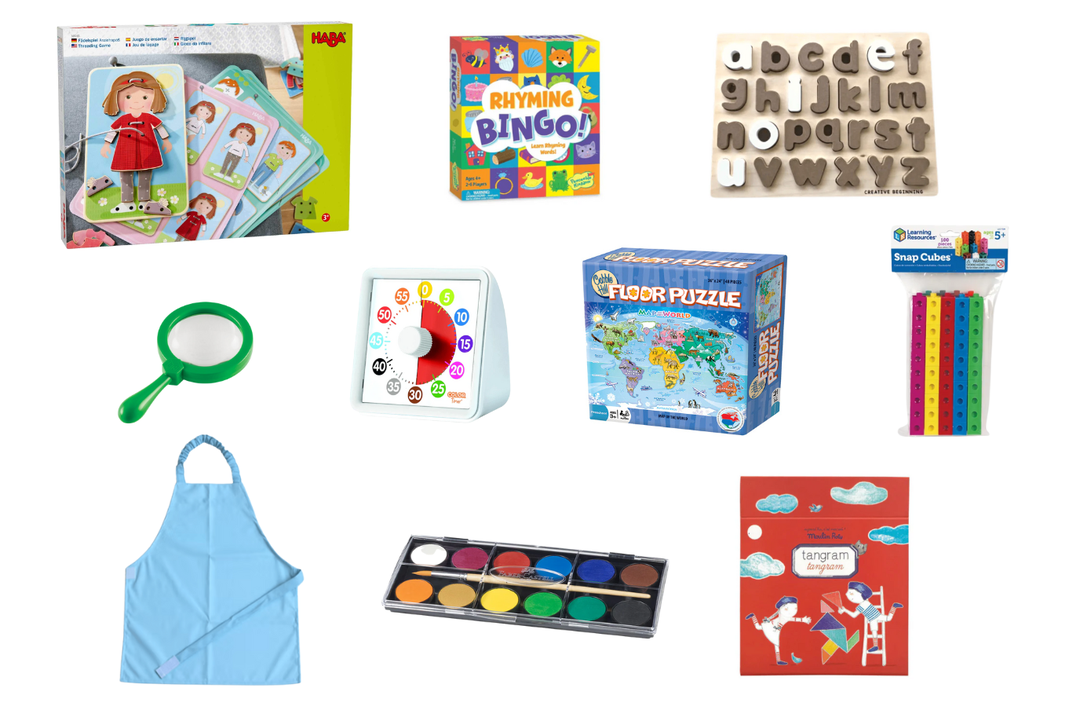
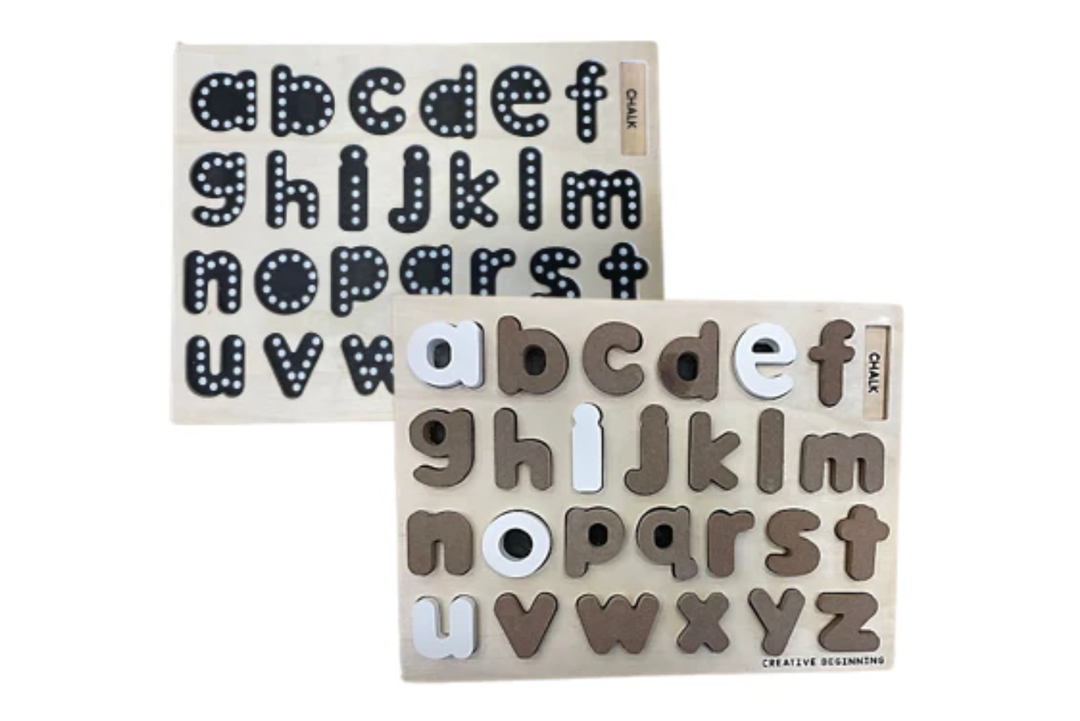

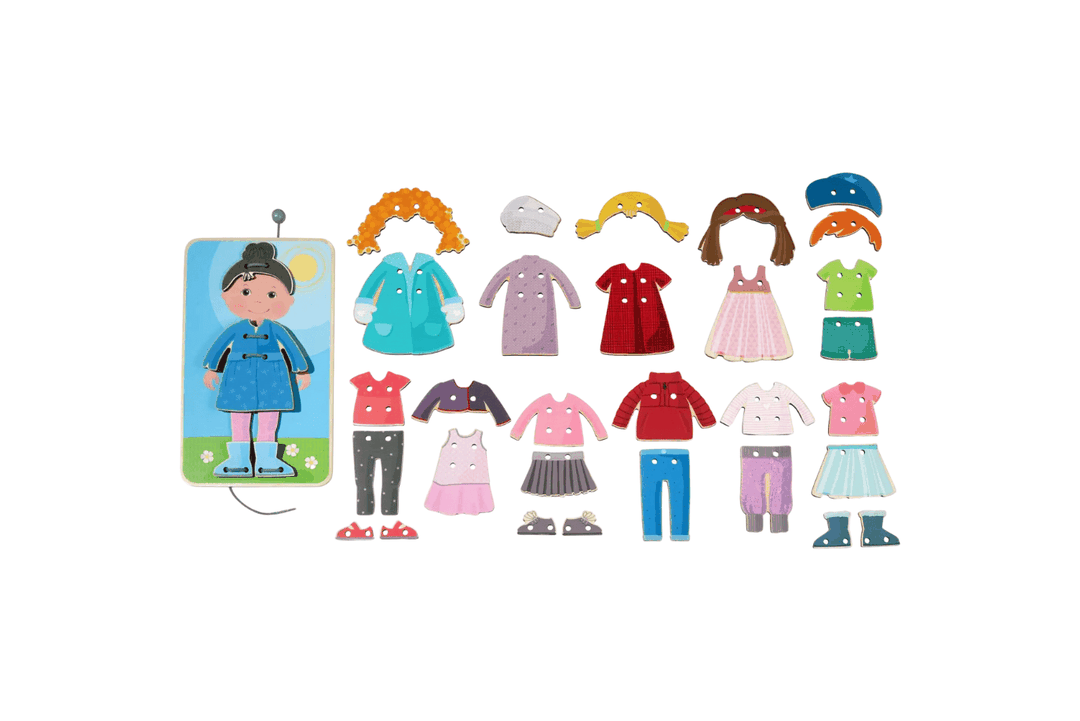


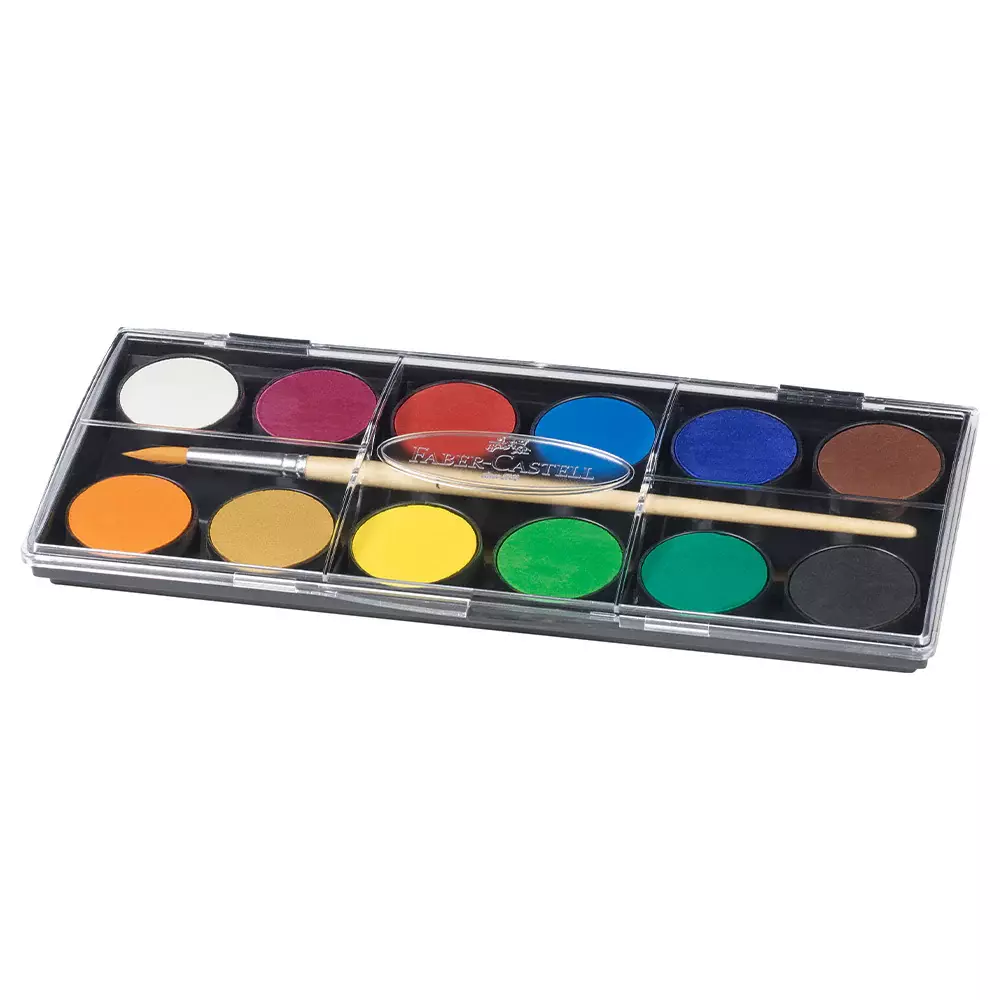
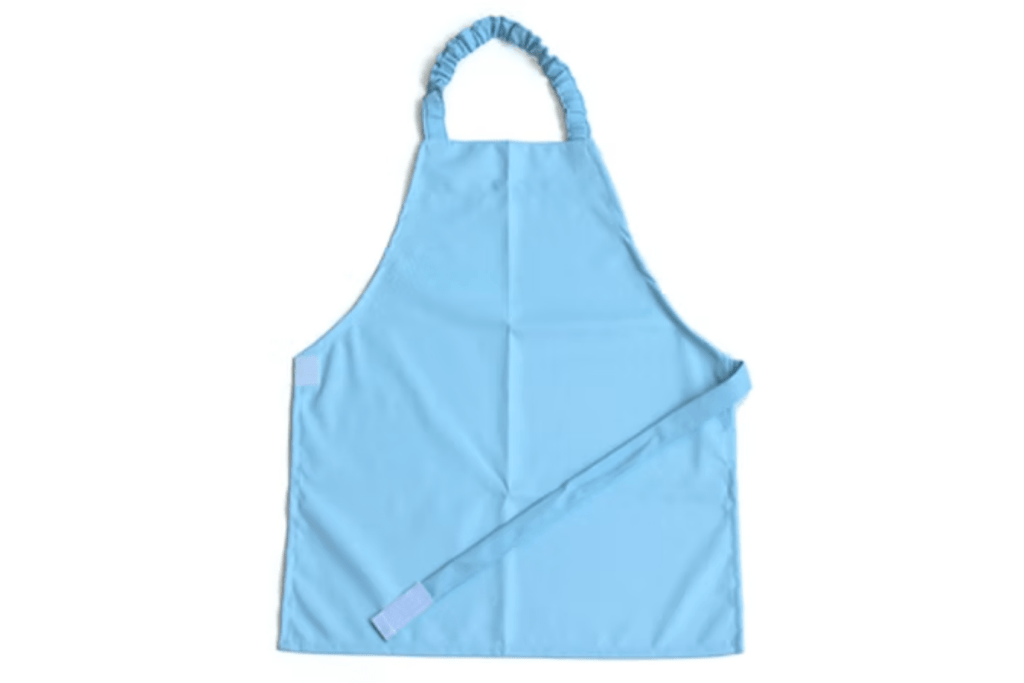

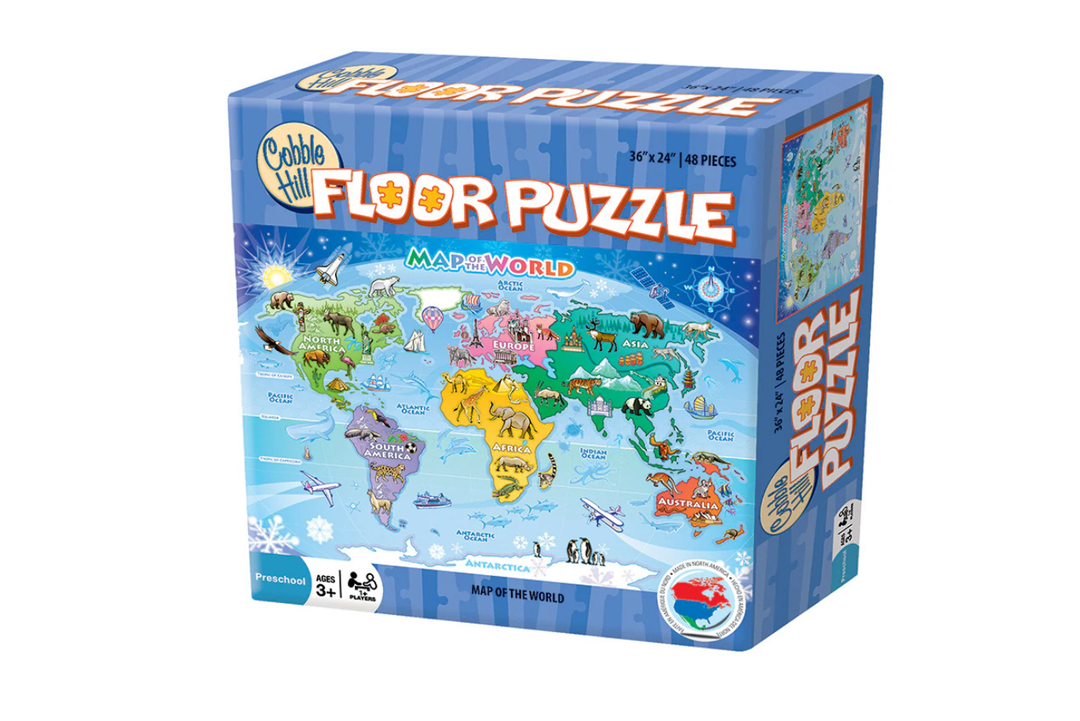


"The quality and selection of products are fantastic, excellent customer service and quick shipping. Such a pleasure to shop with them!" - Nina Polidoro
Our 4 year old Montessori box has a variety of fun and educational activities that help to strengthen fine motor skills, develop independence and foster a love of learning. The activities were specifically chosen to compliment skills children will learn in Casa/Kindergarten.
Each activity comes with instructions on why and how to introduce them to your child, written by a Montessori teacher.
🇨🇦 FREE SHIPPING ACROSS CANADA 🇨🇦
Same day pick up available from Tuesday to Saturday.
Includes 9 Educational Toys Designed To Support Your Child's Development

The Four Year Old box is designed to support your child's development from approximately 4-5+ years.
This box includes:
1. Lowercase Alphabet Puzzle - Your child can begin to explore letters - recognition and formation. Underneath each letter is a chalkboard featuring tracing dots - an excellent pre-writing tool!
2. Dress Me - Threading and Lacing Set - Strengthens and refines fine motor skills and hand-eye coordination. Used in Montessori classrooms as a precursor to sewing.
3. Magnetic Tangram Game - An excellent educational game for young children. This game comes with over 100 cards and 4 levels of difficulty. Children learn about shapes, geometry, spatial awareness and spatial vocabulary.
4. Watercolour Paint Set & Art Apron - A beautiful set of 12 watercolour paints. Children can explore colours and shades as they let their creativity run wild.
5. Map of the World Floor Puzzle - A beautifully illustrated 48-piece puzzle that teaches continents, animals and landmarks of the world while strengthening hand-eye coordination, visual discrimination and concentration.
6. Rhyming BINGO - This game provides a fun way to learn rhyming words and develop early literacy skills. Playing board games also develops social skills.
7. Visual Colour Timer (60 Minutes) - Provides children with a visual representation of time. Can be especially helpful with time management, creating predictability around routines and learning to wait.
8. 100 Snap Cubes - An interactive way to learn early math concepts like counting, addition, subtraction, and grouping, which build a strong foundation for arithmetic. Includes FREE Activity Printables!
9. Magnifying Glass - Explore the outdoors and learn about nature with this jumbo magnifying glass. Using a magnifying glass encourages children to slow down and observe, refining their attention to detail.
🇨🇦 Canadian Parents Love Us 🇨🇦
“"The Montessori Room curates the most beautiful children’s toys. Highly recommend!"”
"The Montessori Room curates the most beautiful children’s toys. I have now ordered or referred friends to the site a few times and every experience has been a positive one. I really appreciate their carefully selected collection and emphasis on sourcing Canadian-made products. The four car pull train is such a hit with our niece and nephew and will, no doubt, be in the mix for a long time! Great customer service, too. Highly recommend!"
—Jennifer Gleed
"I bought the Munari mobile and the tummy time animal cards and my baby loves them."
"Great selection of items! I bought the Munari mobile and the tummy time animal cards and my baby loves them. Excellent customer service."
—Diana Ojeda
"It has saved us during lockdown!!! They both play with it daily and love it!"
"We purchased the winter bundle (pikler triangle and rocker) for my two kids ,who are 18months and 4 years old, this winter and it has saved us during lockdown!!! They both play with it daily and love it!
The customer service is also amazing. They answered all my questions in a prompt manner and the women working there are super friendly! Highly recommend buying toys there!"
— Jessica Berman
“The highest quality items for your children!”
"It always feels great to order from a company that works hard to ensure the highest quality items for your children! Their products are so well researched, their staff are so knowledgeable and know how to run a great business!"
—Maze Kadish
Why Choose A Montessori Approach To Parenting?

A Montessori approach is an amazing way to help children develop:
-
Natural curiosity about the world
-
Love of learning
-
Independence
-
Confidence
-
Critical thinking skills
And it does this in a few simple ways:
1. Less Is More
“The child who concentrates is immensely happy.” - Dr. Maria Montessori, The Absorbent Mind
While some Montessori materials can be expensive, the beautiful thing about Montessori is that less is more. This allows you to invest in fewer high quality items instead of piles of plastic toys.
Maria Montessori and other researchers have found that children learn through repetition. Performing the same actions over and over help establish neural connections, cementing a concept in a child's brain.
To encourage repetition and keep the playspace to feel less overwhelming, you can setup a Montessori shelf with a limited amount of activities:
-
For infants (under 12 months): place 1-3 toys on the shelf at a time
-
For toddlers (12 months and up): place 3-6 toys on the shelf at a time
You can also encourage your child to choose just one activity or toy at a time, placing it back in its place before choosing a new activity. This helps children focus and prevents them from becoming overwhelmed by a room cluttered with toys all over the ground.
2. Follow Your Child's Interests
This concept is so simple but it helps your child develop a true love of learning. If your child shows interest in something, whether it be birds, the beach, or even ice cream, provide them with opportunities to explore that interest.
Don't feel the pressure to create the perfect Montessori-themed shelf for every interest. This can be time-consuming to regularly organize. As parents, we already have so much on our plate!
It can be as simple as getting books from the library on the topic, exploring the topic out in the world (i.e. going for a walk to look for different kinds of birds, taking binoculars and a bird identification book along), printing out some information on the topic from the internet and talking about it, or doing a simple craft related to that topic.
For babies and young children, it can be as simple as giving your child the freedom and time to explore. Dr. Montessori observed that children 0-6 are “sensorial explorers”, which means they want and need to explore the world with their senses.
When they’re under 3, these “interests” will more likely be the development of different fine and gross motor skills - stacking things, climbing, nesting objects into one another, etc. When you notice their interest in a certain movement, simply provide more opportunity for that movement.
For instance, if they are regularly using a set of nesting cups, offer sets of tupperware that fit into each other or pots, if they’re strong enough to lift them.

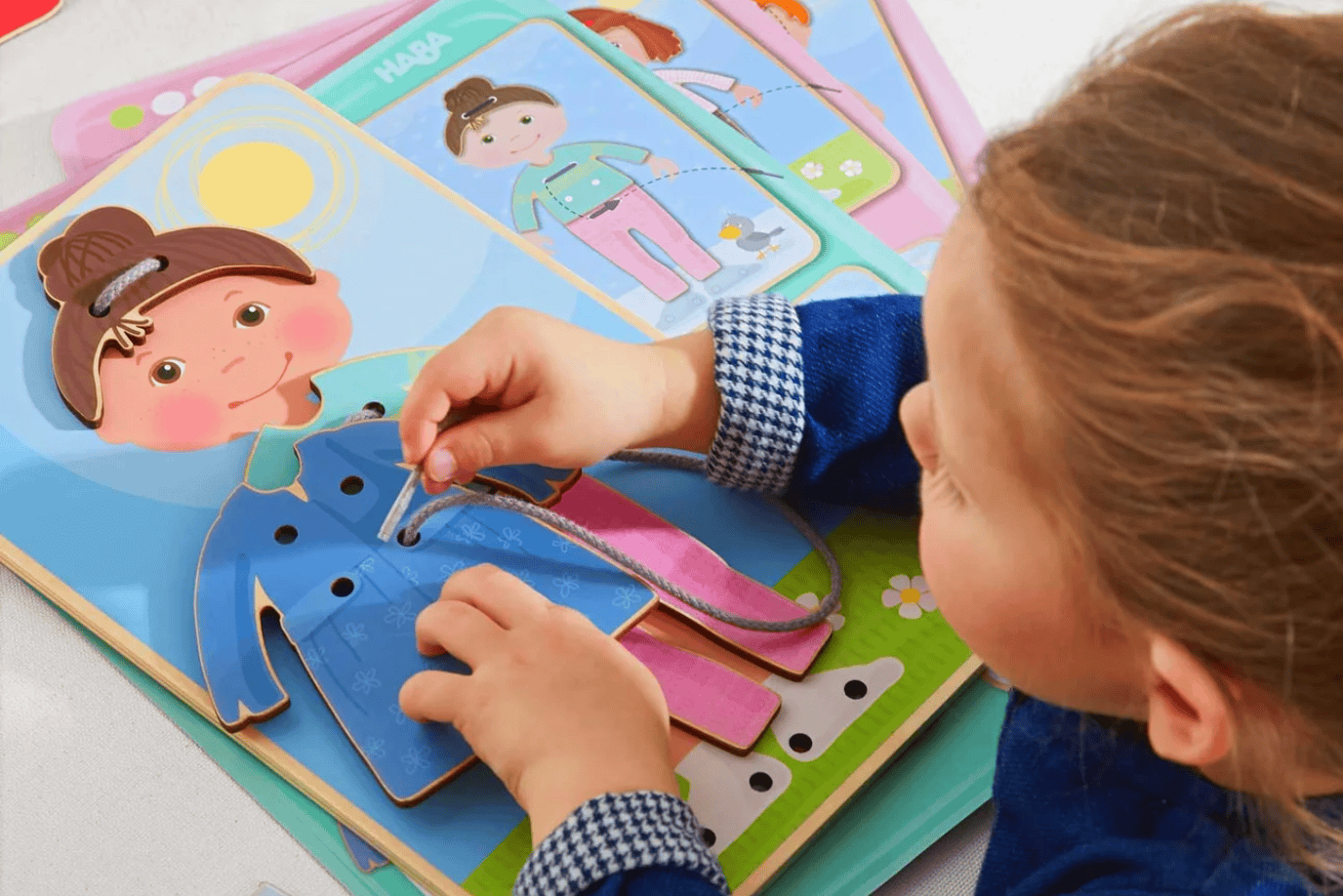
3. Teach Care For the Environment
Montessori believed that a child's environment is a key component to learning. Yes, there are more strict ways to set up Montessori in your home but if you're just getting started, don't stress about the details.
What's important is that your child learns to respect and care for their things and the things in their environment.
This can simply be reminding them to handle their toys with care, watering the plants, cleaning up after a meal, or making their bed.
4. Sit On Your Hands
This one is so simple. It means don’t intervene until your child asks for help or becomes overly frustrated, once you’ve modelled or demonstrated a skill.
This gives them the opportunity to become more independent and enjoy the satisfaction of doing something for themselves.
I will warn you though, it sounds simple but it’s actually quite hard in practice!
With kids and busy schedules it can be easy to jump in and do things for them - dress them, make their plate of food, and clean up their messes - but there's so much to be gained by allowing children to do things for themselves.
Next time your child is working on a task, whether it’s your infant reaching for a toy or your toddler putting on their shoes, simply sit on your hands or count to 10 in your head. Wait to intervene until they become visibly frustrated or ask for help.
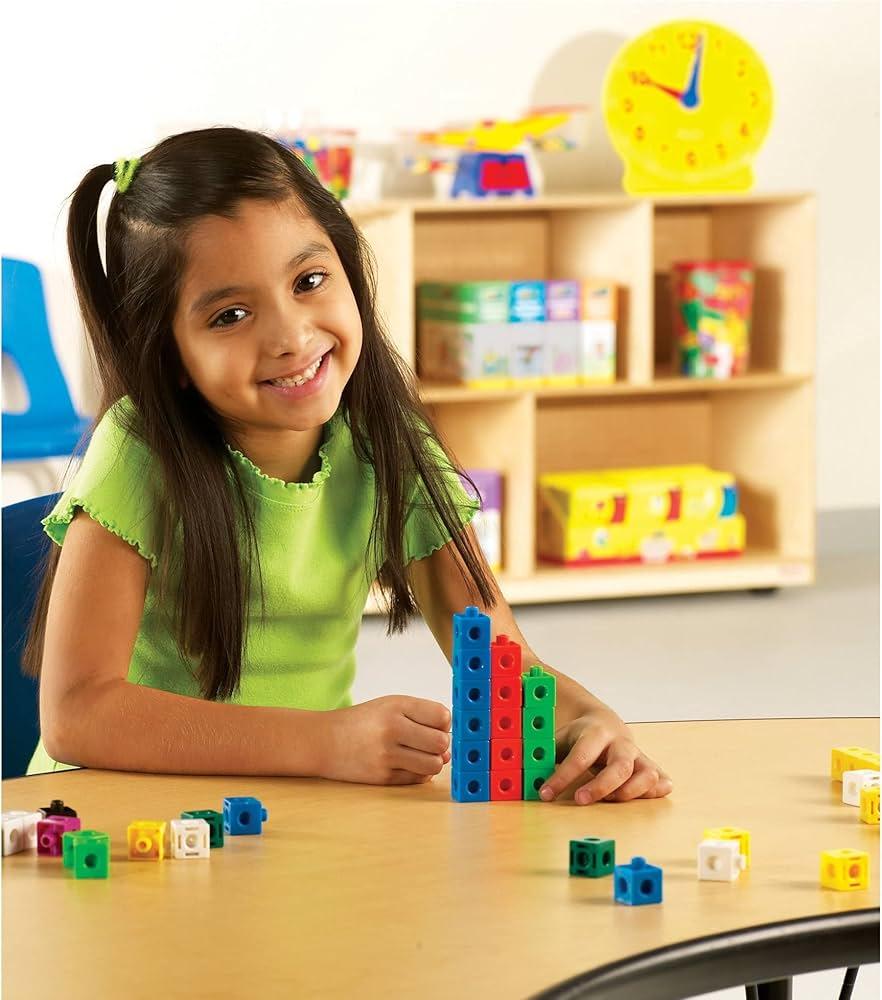
Frequently Asked Questions
-
This box was put together by Laura Berthiaume, owner of The Montessori Room and Montessori Parent, and Katie Lannaman, an Infant Toddler Montessori (MACTE) teacher and RECE. The write-ups for each material were written by Katie, following the method in which they would be used in the classroom.
-
We've included a short write-up for each item in the box, including the benefits for each item, as well as instructions for when and how to introduce each item.